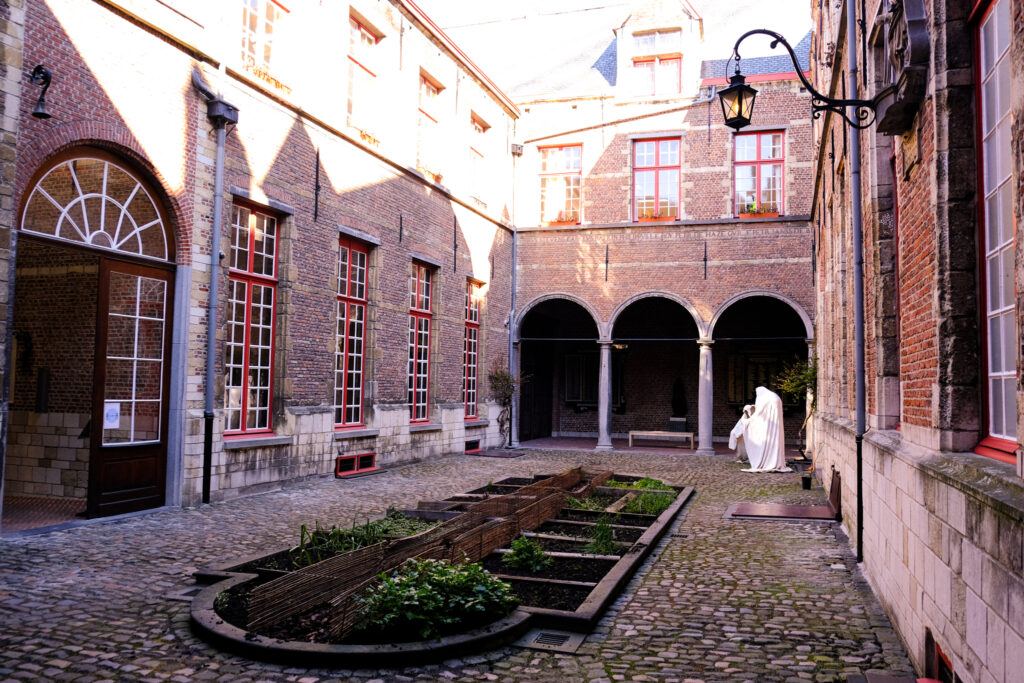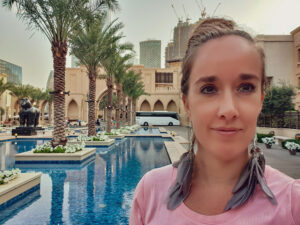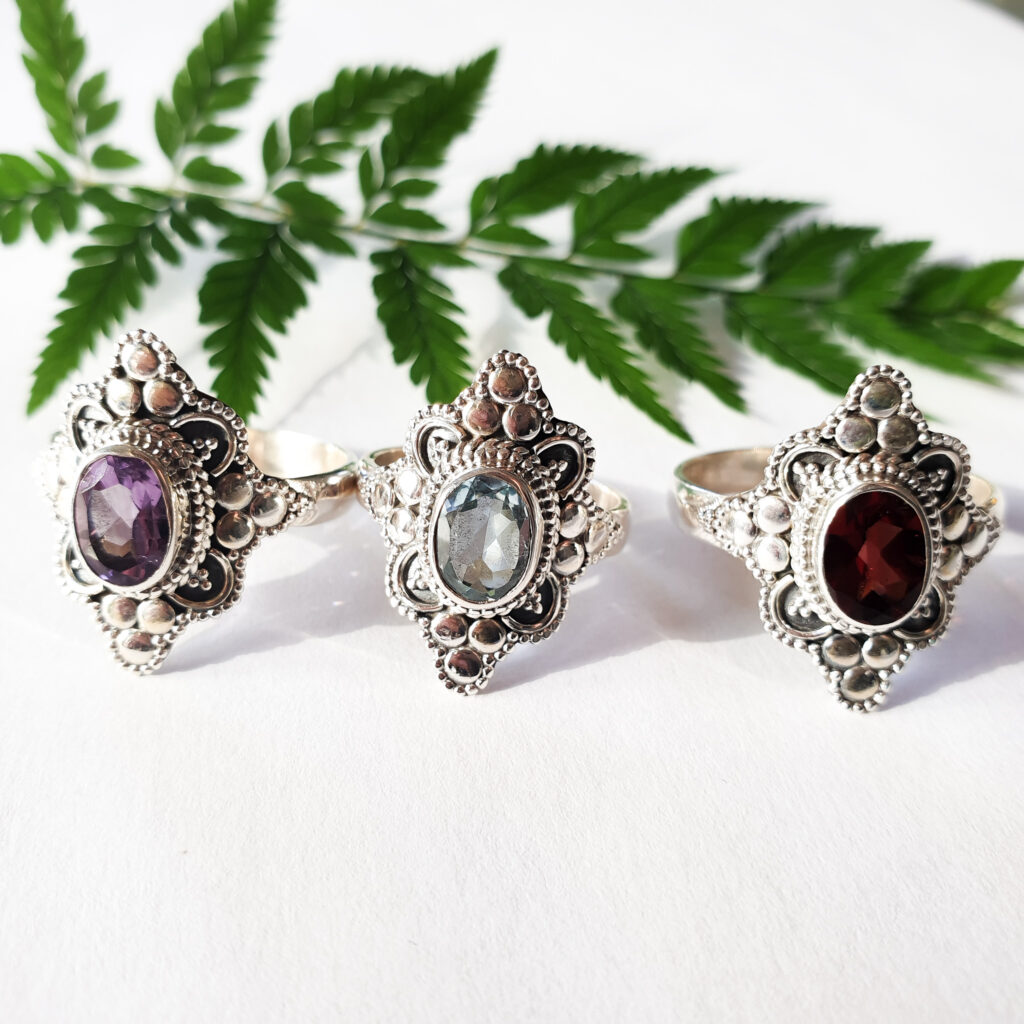The Maagdenhuis (Maiden House) in Antwerp is located in a monumental building and was used as an orphanage for girls (maidens) for centuries. The building dates back to the 16th century and it’s located in the city centre of Antwerp at the Mechelseplein. The museum is about Antwerp’s public social welfare from the 16th until 19th century and houses a collection of antique furniture, documents of the orphans, sculptures and paintings. A few art works are from famous artists such as Pieter Paul Rubens, Sir Anthony van Dyck, Jacob Jordaens and Otto van Veen.

Table of Contents
History of the Maagdenhuis in Antwerp
Hendrik Suderman was a rich German merchant. He bough plots from the Sint-Elisabeth hospital between 1350 and 1354. Here he founded a home for poor women and girls. Two centuries later Jan van der Meere expanded the home with a residence and school for orphans. Space was limited but sometimes 100 girls lived at the orphanage.
The life expectancy of orphans was much lower in the Middle Ages. If one or both parents died at an early age, the children ended up on the streets. The large increase of abandoned children alarmed the local government and citizens. The city of Antwerp set up institutions for orphans and abandoned children.
In Antwerp there were two orphanages; one for girls and one for boys. The Maagdenhuis was the orphanage for girls. The girls learned to read, write and calculate but also sewing, knitting and spinning. They had to learn household chores. They educated the girls to become a servant or chambermaid. Thanks to gifts from wealthy citizens, the Maagdenhuis in Antwerp was able to expand multiple times in later centuries.
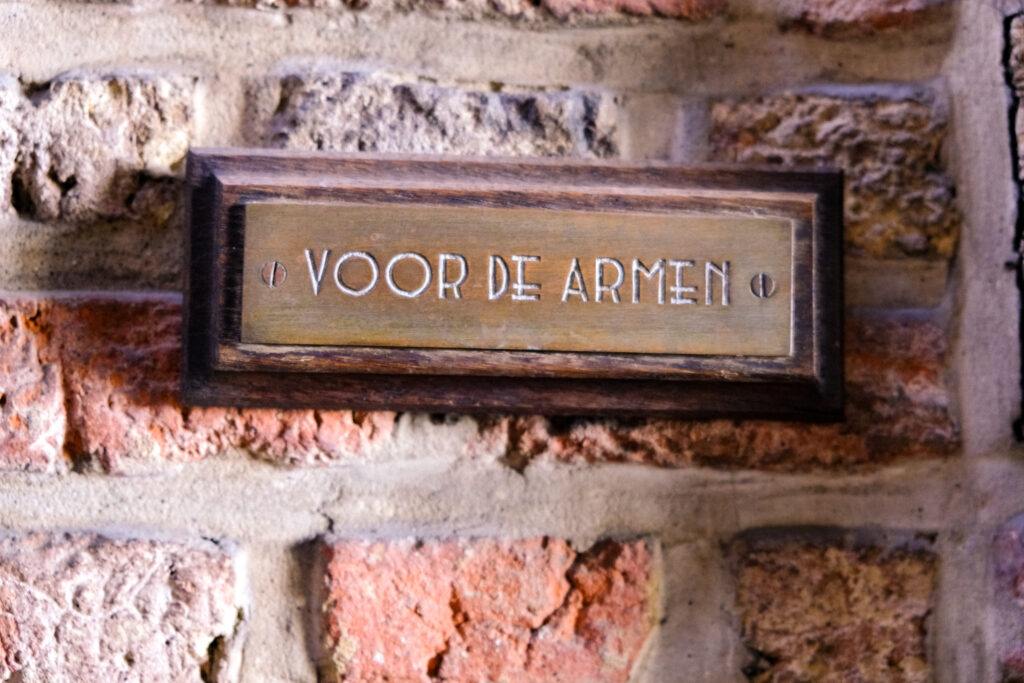
Architecture
Between 1634 and 1636 the Maagdenhuis in Antwerp expanded considerably. The heirs of real estate developer Gilbert Schoonbeke donated a significant amount of money. Because of these new funds the Maagdenhuis was able to expand. It was in those years that the Maagdenhuis got its current appearance. The historical building is a mix of architectural styles such as gothic and renaissance.
The most remarkable element is the bas-relief above the entrance made of white natural stone. It is designed by Cornelis de Vriendt, probably around 1564. De Vriendt also designed the City Hall of Antwerp. The sculptures portrays two scenes. On the left side is a group of orphaned girls and of the right side a teacher is leading them into the orphanage. The two scenes are guarded by two Hermes figures. On top rises Christ, the Good Shepherd, between the clouds.
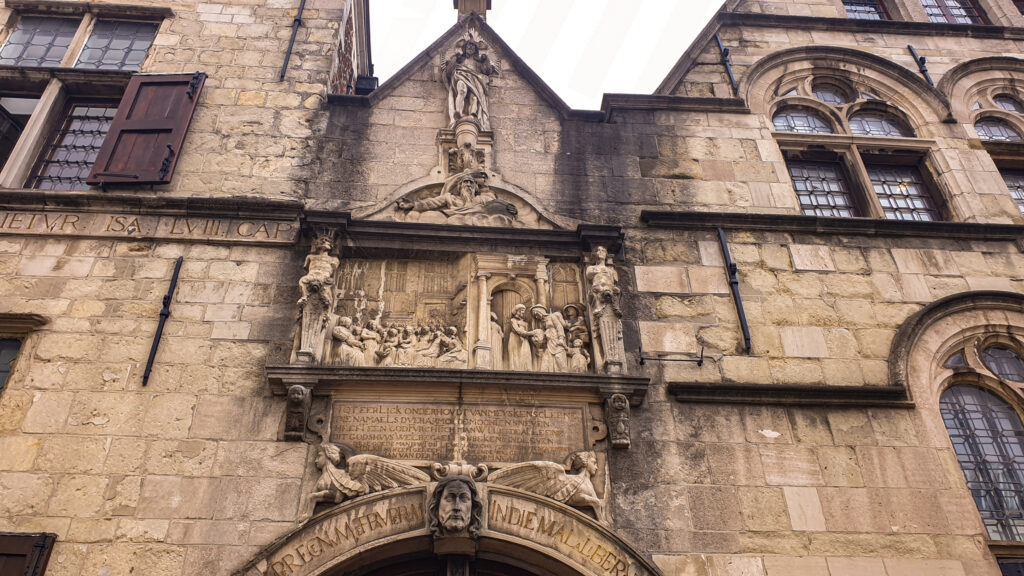
Maagdenhuis Museum
The museum first opened in 1884 and displayed a few hundred paintings and objects in the chapel. Over the centuries they gathered many art objects, often donated by rich citizens and benefactors. At the end of the 19th century the Museum of Fine Art opened in Antwerp. A part of the prestigious collection of the Maagdenhuis moved to this new museum. The Maagdenhuis Museum was closed and the building was used for administration purposes. In 1930 the city re-opened the Maagdenhuis Museum because of the World Expo in Antwerp. Over the years the small museum expanded and a few art objects came back from the Museum of Fine Arts.
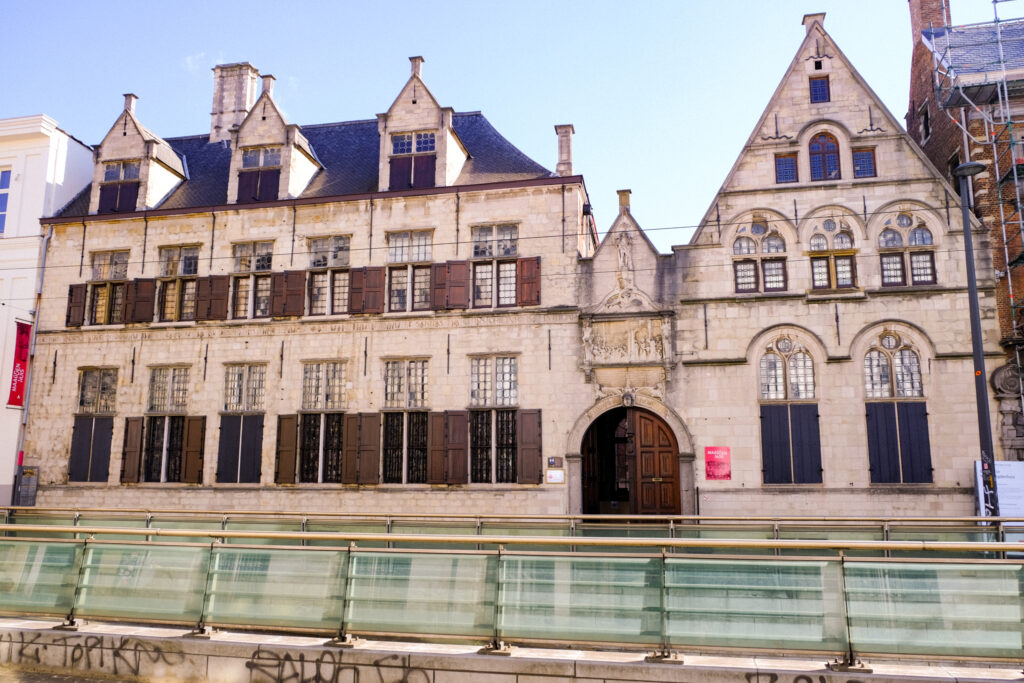
Reception
The reception used to be the voorsael (lobby). This is where you could find the register, a book with the names of the girls.
Chairman’s room
This room was used by the regent and chaplains. Being a chaplain was a honorary position and was an unpaid function. There were four chaplains in Antwerp who each stayed in office for two years. They took care of charity and social welfare institutions in Antwerp.
Rubens Hall
The Rubens Hall used to be the first of three kitchens. The kitchen was known are Pronckceucken, old Dutch for show kitchen, because of the colourful ceramic bowls hanging on the walls. The ceramic bowls are original majolica porridge bowls. The orphans eat from it on Sundays and holidays. The Antwerp ceramic art was a forerunner of the well-known Delft Blue. The Maagdenhuis has 63 rare bowls and since 2011 they are listed on the Flemish masterpiece list. They protect Flemish cultural heritage for its historical, artistic and scientific value.
In the Rubens Hall you can admire a triptych of Otto van Veen. He was the teacher of the famous Pieter Paul Rubens. Another painting in this hall is made in the atelier of Rubens. He is the iconic baroque painter from Antwerp. Rubens made the composition but most parts of the painting is done by his assistants. When the painting was almost done, Rubens finished the painting and changed certain details.
There is also an anonymous portrait of Nicolaas Rockox, he was mayor of Antwerp for 8 times. Rockox was a good friend of Rubens, and a prominent humanist and collector. He donated a significant amount to an institution to feed the poor in the city. This portrait is on loan and you can admire it until 2022 at the Maagdenhuis.
The 16th century Hall
The hall used to be the Groote Ceucken, the large kitchen. The kitchen maids used to work here before it became an office. In this room you see paintings of various artists. One large painting is from Jacob Backer. He was known to be an excellent colourist.
Van de Meere Hall
The name of the hall refers to the founder Jan van der Meere. The room used to be the third kitchen, the coeckceucken or backhuys, the bakehouse or bakery. There was no cooking in this kitchen and only used to bake because the flour was stored above this kitchen. The coloured glass windows were added in the 20th century when the room was refurbished and renovated.
One of the most prestigious paintings in this room is created by Jacob Jordaens. In the middle of the painting is the image of Christ. The impressive lighting and rawness of the body of Christ contribute to the high quality of the painting.
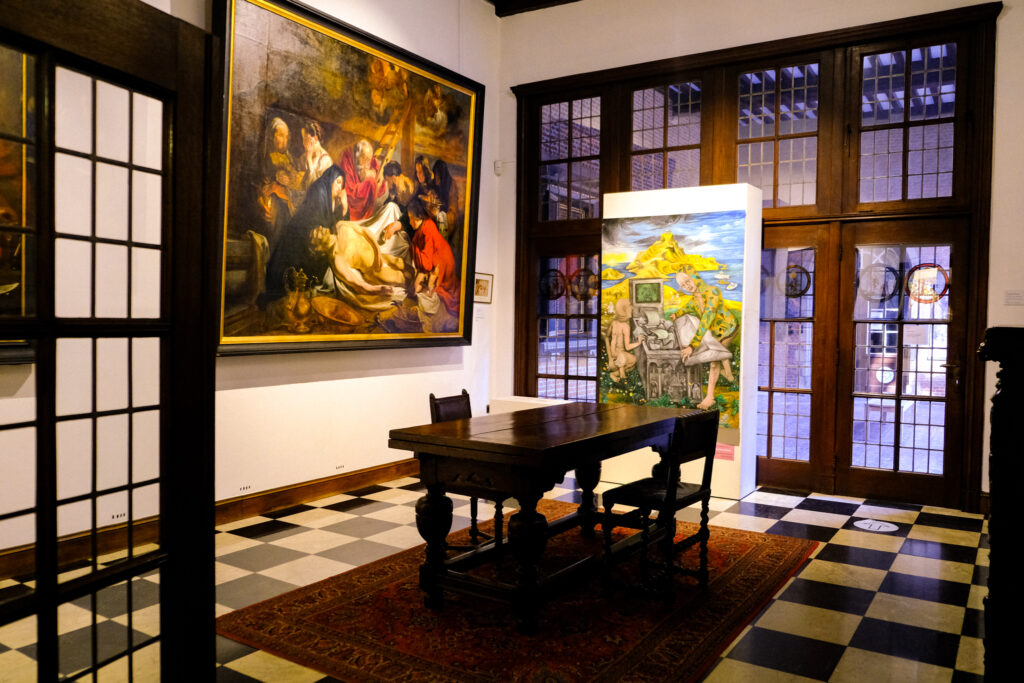
The 15th century Hall
This is the smallest room in the Maagdenhuis Museum. Historians don’t know how the room was used. But in the 17th century three women lived here. They donated money to the chaplains in exchange for board and lodging in the Maagdenhuis. The room is now used to exhibit art from the late 15th century and early 16th century. In this time period Antwerp became an international art center.
Chapel
The orphans prayed in the chapel twice a day. The girls living in the orphanage followed a strict daily routine. The rules of 1816 determined that they had to go to mass every day at 5.30am. During winter mass was at 6am. After work they again had to go to mass and went to bed at 9pm. Prayer was an important part of their life. They had to pray for the salvation of the deceased benefactors. On the first floor are three dorm rooms. There were 60 beds but sometimes 100 girls lived at the orphanage. Most of the time the girls had to share a bed. The girls moved in 1882 to a different building and the chapel became a museum.
Foundlings
Foundling is an historic term for children that have been abandoned by their parents. A foundling hospital or orphanage brought up the children that were left behind at the gates or doorsteps of public buildings. To reduce health risks for the foundlings the city of Antwerp set up a foundling drawer in 1811. Parents could leave their children, mostly babies, behind in a dry and clean drawer.
In the foundlings drawer they also found half playing cards for the purpose of recognition. If the mother regretted her decision she could prove her motherhood by showing the other half of the playing card.
In the chapel of the museum you can see the objects that were left behind with the babies and children. It was not until 1811 that it was no longer punishable to leave a child behind. If the child was left behind in the foundling drawer that is.
Courtyard
The courtyard is an eye-catcher and a little oases in the centre of Antwerp. It’s a great example of a renaissance courtyard that were popular in the 17th century. A similar but larger courtyard can be admired at the Plantin-Moretus Museum.
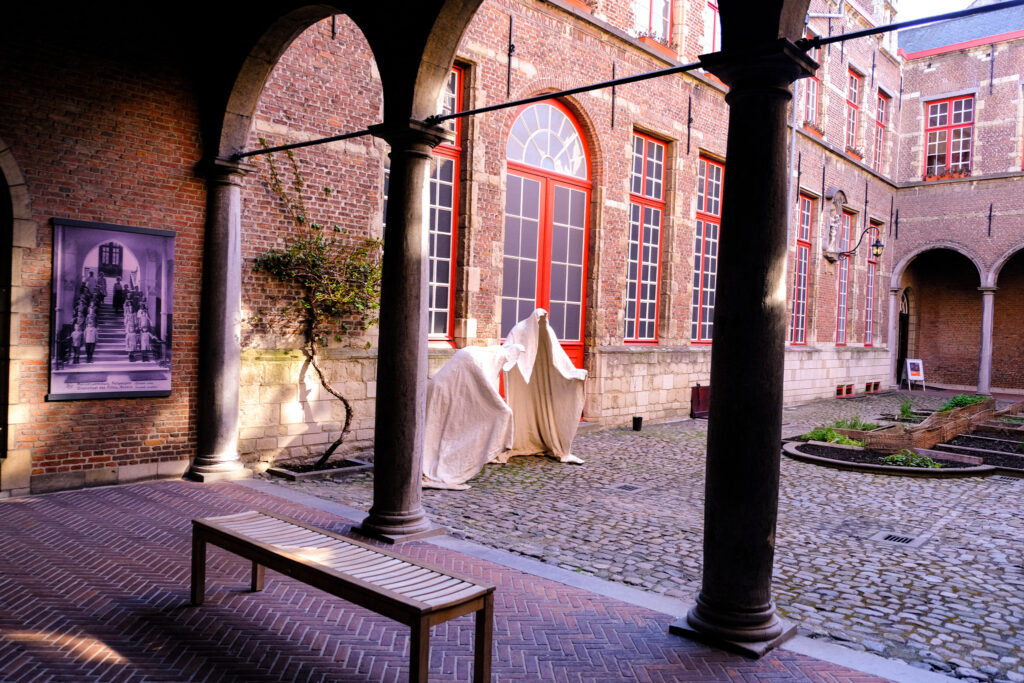
In The World’s Jungle – Travel Blog
Check out the monumental highlights in Antwerp or step into the world of the famous baroque painter Pieter Paul Rubens. Visit the Plantin-Moretus Museum and find out more about the printers family. Discover how eight generations lived and worked in their private house, courtyard and ateliers. In de same street as the Maagdenhuis museum, de Lange Gasthuisstraat, is another museum: Mayer van den Bergh Museum. He was a private art collector and his entire collection includes more than 3000 objects. Another article about Antwerp is about historical and unique theatres and cinemas in Antwerp.
